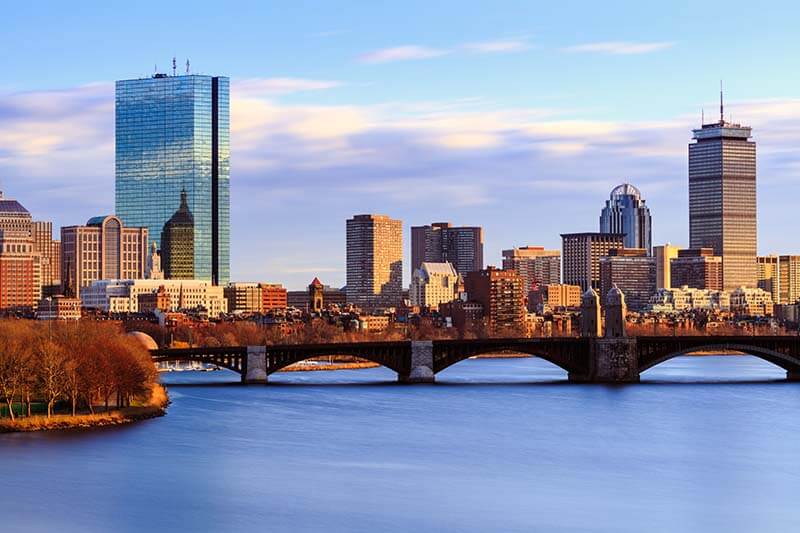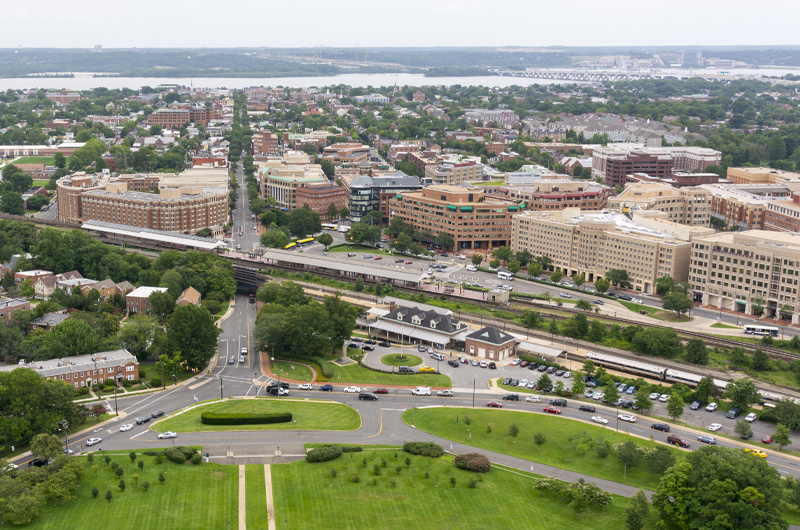Peter Schultz, the president of Photo Researchers Inc. in New York, invited me into his office in the mid-1980s when I was in town to visit our newly arrived editor, Patrick Donehue. Peter was known in photography circles for being articulate, mercurial, intellectual, discursive, tangential, encyclopedic, and engaging. And that’s just between the time he shook your hand and the time he asked you to take a seat.
Photo Researchers Inc. was a pioneer in the then-emerging business of stock photography. It was a fairly new idea that buyers of photography (book publishers, advertising agencies, magazines, to name a few) could buy the rights to use existing images rather than commission new work. I was one of the photographers who contributed pictures to the agency files, in addition to working for national magazines and multi-national corporate clients on assignment.
Peter told me that the Johnson O’Connor Research Foundation was seeking to develop a typical psychological profile of a successful photographer in order to assess the aptitudes of would-be young photographers in the future. JOCRF already had profiles of lawyers, architects, surgeons and such, but it was now looking into the arts. He had suggested me as a test subject.
My mother was a teacher in the North Carolina public schools for 37 years, so I’m very familiar with testing. I was often the subject of experimental tests when I was growing up, since my mother and her colleagues were always getting post-graduate certifications in something or other.
Snapshots from Memory
It’s been years since I saw the test results, but here’s what I do remember:
- I wasn’t gifted at spatial relations. The tester showed me various geometric drawings and asked me what structures they would be when folded. Even looking at the simplest, I had no idea what they would be when they grew up. At the post-test evaluation, the JOCRF staffer said my low scores indicated that an architectural career was probably not a good idea for me. I joked, “Even monkeys would score higher than I did!”
- I have music skills. The test evaluator said that my musical aptitudes were similar to those of a professional musician. I’ve been a semi-pro folk and blues musician since college. I’ve toured several countries playing upright bass with Grammy Award- winning musician David Holt, and I play local weekend gigs in North Carolina.
- I should never, even under emergency conditions, attempt to perform surgery of any kind. The tester gave me a pair of tweezers, and I was supposed to pick up something so small I could barely see it and put it in a little thimble on the other side of the table. It turns out that I have very poor small motor skills. So, I make photographs; I don’t fix cameras.
- I’m good with languages. I loved that part of the test. I’ve never been afraid to try to speak foreign languages. With my wife, Deni, I’ve traveled to more than seventy countries shooting pictures and movies. I’m fluent in Spanish, Portuguese, and French, and can muddle through in German.
- I don’t have great math skills. It seemed to surprise the tester that a photographer would be a less than stellar mathematician, but it didn’t surprise me at all. After all, the only math I do is like knowing how to put water in a bottle. How big is the bottleneck (aperture) and how long do I leave open the spigot (shutter speed)?
- I can generate ideas. There is a test called Ideaphoria that measures how quickly someone can produce ideas, and I scored high on that. Apparently, the test does not judge the quality of the ideas but just the quantity. That’s good enough for me. When you make your living creating images, it helps to be able to improvise. If one situation doesn’t work out, you have another one ready to go. The essence of pleasing clients in our profession is being able to quickly improvise, get an idea recorded, and move on.
I was an English major at University and am dismayed by people who think language is irrelevant to photography and moviemaking. I’ve been introduced on more than one occasion as “another liberal arts major working outside his area.” I usually try to explain that I’m a professional communicator, and that English is my most essential tool. I write and negotiate contracts; I find out from clients what they want my photographs to do; I share my vision with subjects so they will willingly cooperate. I’ve taught workshops and seminars in photography to students of all ages, which also involves storytelling and language.
At the end of the two days of testing, I was tired but felt I knew myself better. At least I felt like there was scientific, empirical confirmation of the things I knew about myself.
As I was leaving the building, I saw, coming toward me, a very famous violinist carrying a violin case. I wondered if he had taken the same tests I had. For all I know, he was just visiting a friend before going to the concert hall that evening and had never taken an aptitude test in his life. But in my mind there was a little voice saying, “I’ll bet he’ll never be an architect either.”
So here I am in 2008, writing about tests I took twenty-five years ago, in 1983. It’s amazing how accurate the results proved to be. I probably would have ended up where I am even without the testing, because there aren’t many other lines of work to which I was attracted. But I find it very reassuring to look back at the test results now and realize that I’ve used my natural abilities to do what I love.
Connections
I think about the test from time to time and encourage young people who work with us to find out where their aptitudes lie. Peter Schultz sold Photo Researchers and retired from the picture business. It is now owned by Bug Sutton and Bob Zentmaier, who were working there in 1983 and also took the Johnson O’Connor tests when I did. Our former editor, Patrick Donehue, took the tests as well and is now the Chief Photographer at Corbis. The Corbis agency licenses rights to our pictures and our motion footage. Recently we bought a new state-of-the-art movie camera called the RED One. We needed a new tripod head to handle the camera, so we bought one recommended by many colleagues, the O’Connor 1030 HD. If you’re in the movie business and you have an O’Connor head for your tripod, you’ve arrived. We’ve known about the superiority of the O’Connor head for years, but we couldn’t afford one. The very month we could finally afford to own one, the news of Chadwell O’Connor‘s death was written up in the JOCRF newsletter. Until then, I had no idea that there was a connection between the tripod head we use and the aptitude test I took so long ago.
About Will McIntyre
Will and Deni McIntyre are photographers and filmmakers based in Winston-Salem, North Carolina. They have worked in more than seventy countries on six continents, shooting for magazines, corporations, and picture agencies. Their book All Over the Map: Travel Photographs and the Stories Behind Them won the “Photography Book of the Year” award from the Independent Publisher Association in 2001. It was published by Loose Ends Press and is available from amazon.com.
Will & Deni Films creates 35mm and high definition movie footage for the CorbisMotion stock agency. In 2005, Will produced and Deni wrote and directed an award-winning short documentary for the North Carolina Center for the Advancement of Teaching (NCCAT) entitled “We All Need Good Teachers.” Most recently they created another short for NCCAT called “Teaching the Holocaust,” which won three Telly awards in 2008. They also shoot music videos and are currently working on their first long-form documentary, “The Hansen House,” about a man who buys an historic fixer-upper that changes his life.
Will is a 1976 graduate of Western Carolina University, and has received its Alumni Professional Achievement Award. He has served on the board of trustees of the American Society of Media Photographers and was a founder of its North Carolina chapter. He plays the upright bass, rides to hounds, and loves to cook. His website is http://www.macfoto.com.

















